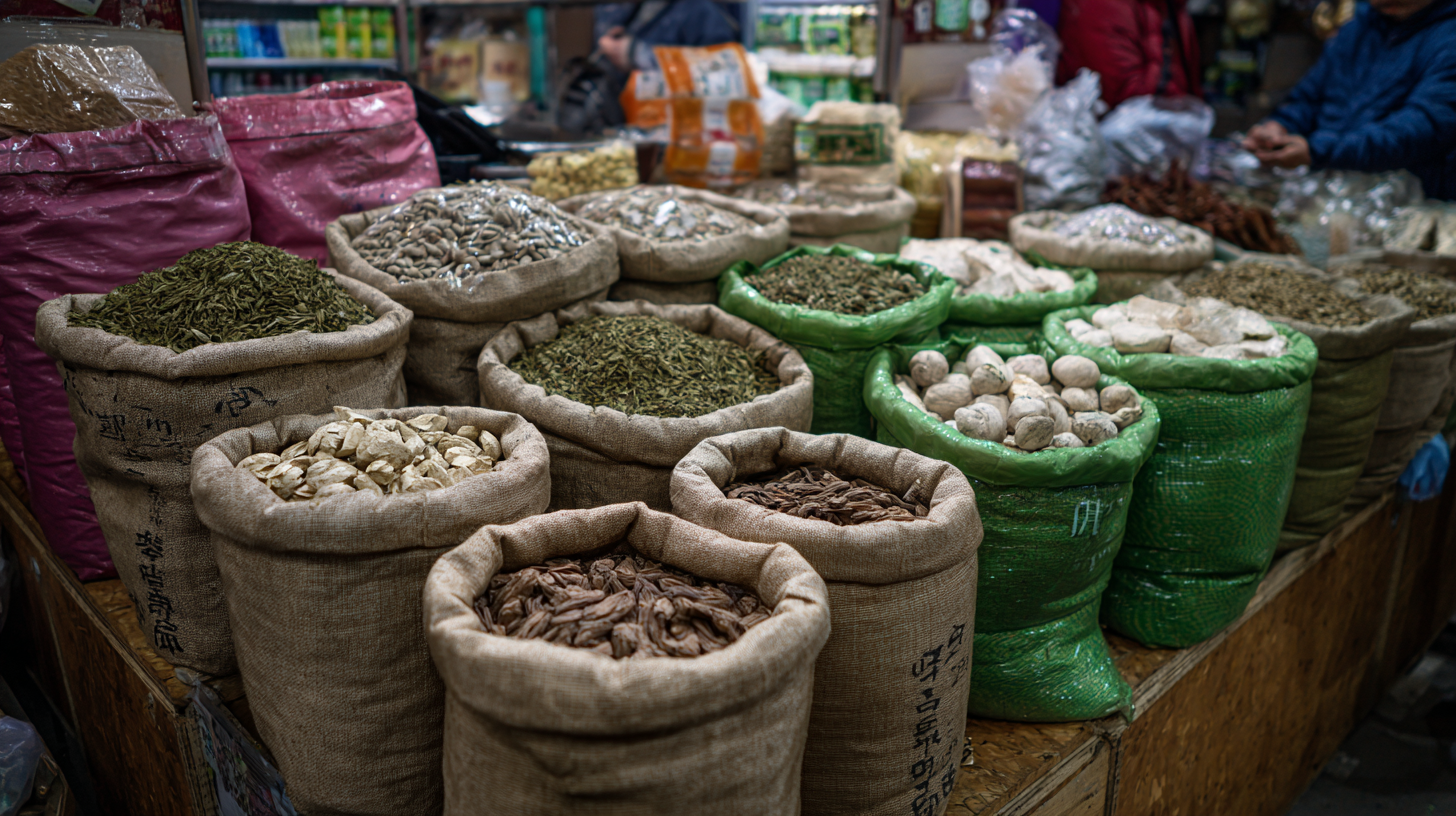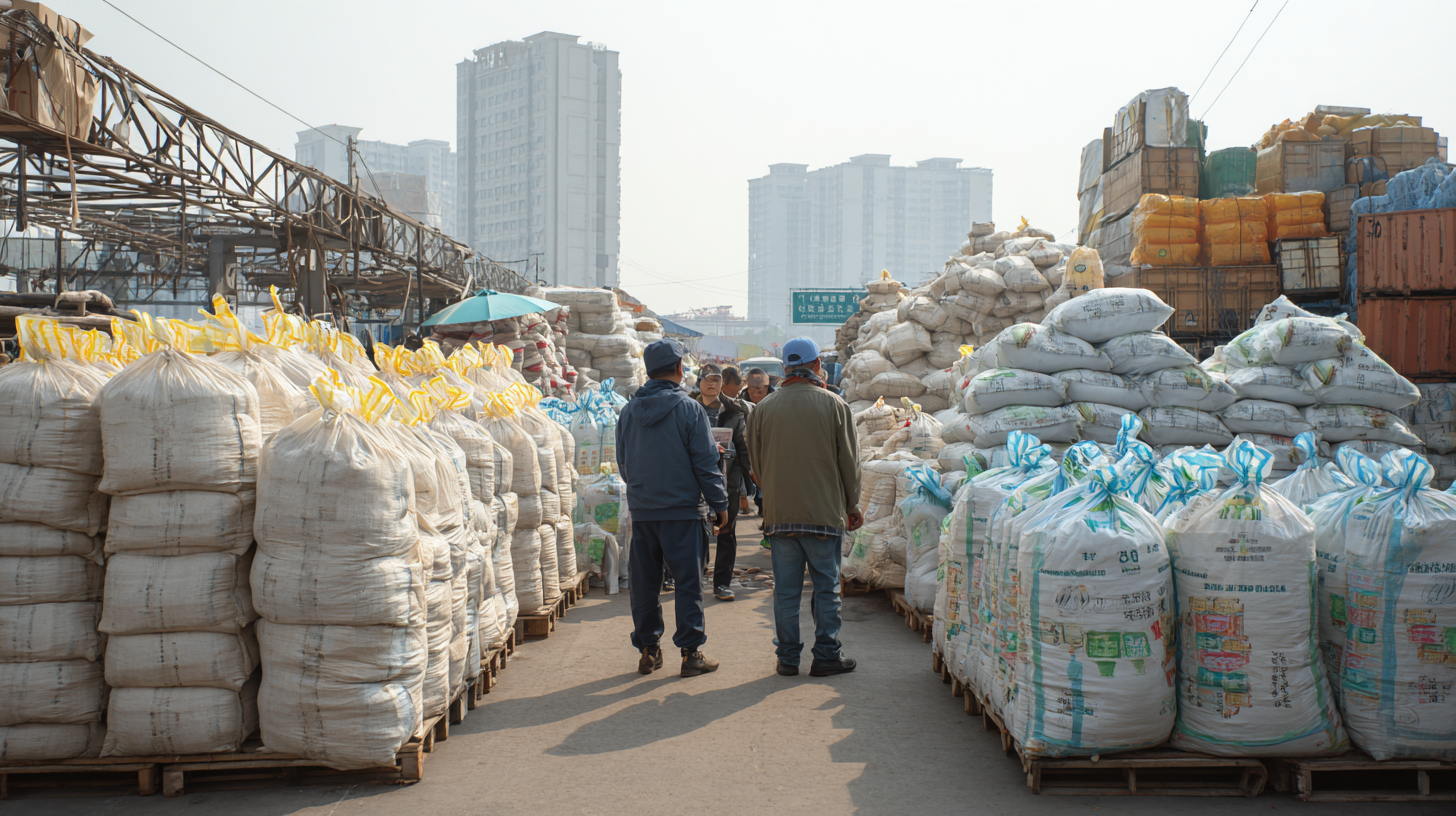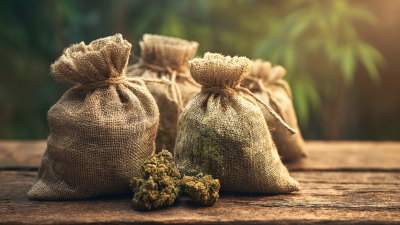 +86-18620643668
+86-18620643668 


As the market for cannabis-related products continues to grow, innovative solutions such as Weed Bags have emerged as vital accessories catering to the evolving needs of consumers. The 138th Canton Fair, set to take place in 2025, serves as a significant platform for showcasing these products amidst a dynamic trading environment. This event not only highlights the increasing acceptance of cannabis globally but also reflects the burgeoning demand for practical and stylish storage options, such as Weed Bags.

These specially designed bags, equipped with odor-proof and discreet features, are becoming essential for both casual users and connoisseurs alike. As attendees explore the latest trends and advancements at the fair, Weed Bags symbolize a shift towards functional design that meets the lifestyle preferences of modern cannabis users, paving the way for a deeper understanding of market dynamics and consumer behavior in this burgeoning sector.
The cannabis industry is undergoing a transformative phase, particularly with the emergence of specialized weed packaging solutions. This shift is largely driven by growing consumer demand for discreet and compliant packaging, as outlined in recent industry reports. According to the latest market analysis, the global cannabis packaging market is expected to reach $2.9 billion by 2025, with an annual growth rate of approximately 20%. This surge reflects a pivotal change where businesses prioritize innovation in packaging to enhance brand identity and meet regulatory requirements.
The introduction of various packaging types, such as child-resistant bags, vacuum-sealed options, and eco-friendly materials, is reshaping consumer experiences. However, the recent tariff turmoil stemming from policy changes is impacting costs across the cannabis supply chain. With tariffs affecting everything from vape hardware to packaging solutions, many companies are grappling with increased expenses that could ultimately be passed on to consumers. A report highlighted that brands are forced to reassess their packaging strategies, not just for compliance, but also to navigate the financial implications of tariff-induced price hikes, making the development of specialized weed bags even more crucial in today's evolving market landscape.
| Packaging Type | Material Used | Size Options | Sustainability Features | Market Demand (2025 est.) |
|---|---|---|---|---|
| Resealable Bags | Mylar | 1g, 3.5g, 7g | Biodegradable options available | High |
| Child-Resistant Containers | Plastic | Various sizes | Made from recycled materials | Moderate |
| Pouch Bags | Kraft paper | 5g, 14g | 100% recyclable | Growing |
| Glass Jars | Glass | 1oz, 2oz, 4oz | Reusable and recyclable | Stable |
| Vacuum-Sealed Bags | Foil | 4g, 8g | Barrier film for freshness | High |
At the 138th Canton Fair in 2025, innovative trends in weed bag design took center stage, reflecting a growing demand for both functionality and aesthetics in packaging solutions. Exhibitors showcased a variety of materials ranging from eco-friendly options to high-durability plastics, catering to a diverse range of consumer preferences. These designs were not only visually appealing but also incorporated features such as resealable openings and odor-proof technology, which enhance user convenience and product preservation.
Furthermore, color and graphic trends became a major talking point, with many brands opting for vibrant, eye-catching designs to stand out in a crowded market. The integration of playful elements, such as illustrations and patterns, effectively communicated brand identity while appealing to a younger, cannabis-savvy demographic. Sustainability also played a crucial role in design choices, with many companies focusing on recyclable materials and minimalistic packaging, aligning with the broader consumer trend of environmental consciousness. This emphasis on innovation and design reflects the evolving landscape of weed product packaging and suggests a robust future for the industry as it adapts to consumer preferences and market demands.

As the demand for sustainable and eco-friendly products rises, the market for biodegradable weed bags is gaining momentum, particularly highlighted at the 138th Canton Fair 2025. Materials such as cotton, bamboo, hemp, and microfiber are increasingly being utilized to meet consumer preferences for environmentally responsible packaging. These materials not only reduce environmental impact but also cater to diverse end users, ranging from parents looking for baby products to discerning adults seeking high-quality options.

The biodegradable materials market is expected to grow significantly, with the biodegradable co-polymer market projected to increase from $922 million in 2025 to $1.2853 billion by 2033, at a compound annual growth rate (CAGR) of 4.24%. This growth is fueling interest in applications like food packaging and convenience shopping. For those considering switching to eco-friendly weed bags, it’s essential to explore alternative materials that are not only sustainable but also practical for everyday use.
Tips: When selecting biodegradable weed bags, always check for certifications that validate their eco-friendly claims. Additionally, consider the specific needs of your lifestyle—whether it’s for baby care or general use—to ensure you find the right type of bag that offers both functionality and sustainability.
The 138th Canton Fair in 2025 has emerged as a significant platform for global players to showcase innovative weed bag technologies. As the cannabis industry continues to expand, manufacturers are presenting a diverse range of options designed for both recreational and medical use. These bags, often featuring advanced materials and designs, highlight the trend towards sustainable packaging solutions that mitigate environmental impact while providing maximum functionality.
Tip: When selecting weed bags, consider the material and sealing technology. Opt for biodegradable options that offer durability and odor resistance, contributing to a more eco-friendly choice.
The businesses exhibiting at the fair are not only focusing on the aesthetics of weed bags but also on how these products can enhance user experience. From moisture-resistant properties to child-proof designs, each feature aims to cater to the growing demand for safe and convenient cannabis consumption. This forward-thinking approach is essential in a market that is rapidly evolving and becoming increasingly competitive.
Tip: Pay attention to the certifications of the materials used in weed bags. Ensure they meet health and safety standards to guarantee the protection of your products.
The regulatory landscape surrounding the production and distribution of weed bags is evolving rapidly, especially in light of the increasing acceptance of cannabis products worldwide. At the 138th Canton Fair in 2025, manufacturers and distributors are keenly aware of how regulations impact their business strategies. The introduction of stricter packaging standards, aimed at ensuring product safety and consumer protection, has compelled producers to innovate and adapt. As a result, companies are focusing on eco-friendly materials and designs that align with sustainability goals while complying with regulatory requirements.
Additionally, the enforcement of labeling laws is reshaping how weed bags are marketed. Manufacturers must now provide clear, concise information about dosage, ingredients, and usage instructions, which presents both challenges and opportunities. Companies that can navigate these regulations effectively stand to gain a competitive advantage. The fair serves as a vital platform for stakeholders to share insights, discuss compliance strategies, and promote new products that align with regulatory mandates, ultimately influencing distribution trends in the burgeoning cannabis market.
This chart illustrates the distribution trends of weed bag manufacturing and the impact of regulatory changes over the years, highlighting the growth in demand and supply correlation.






